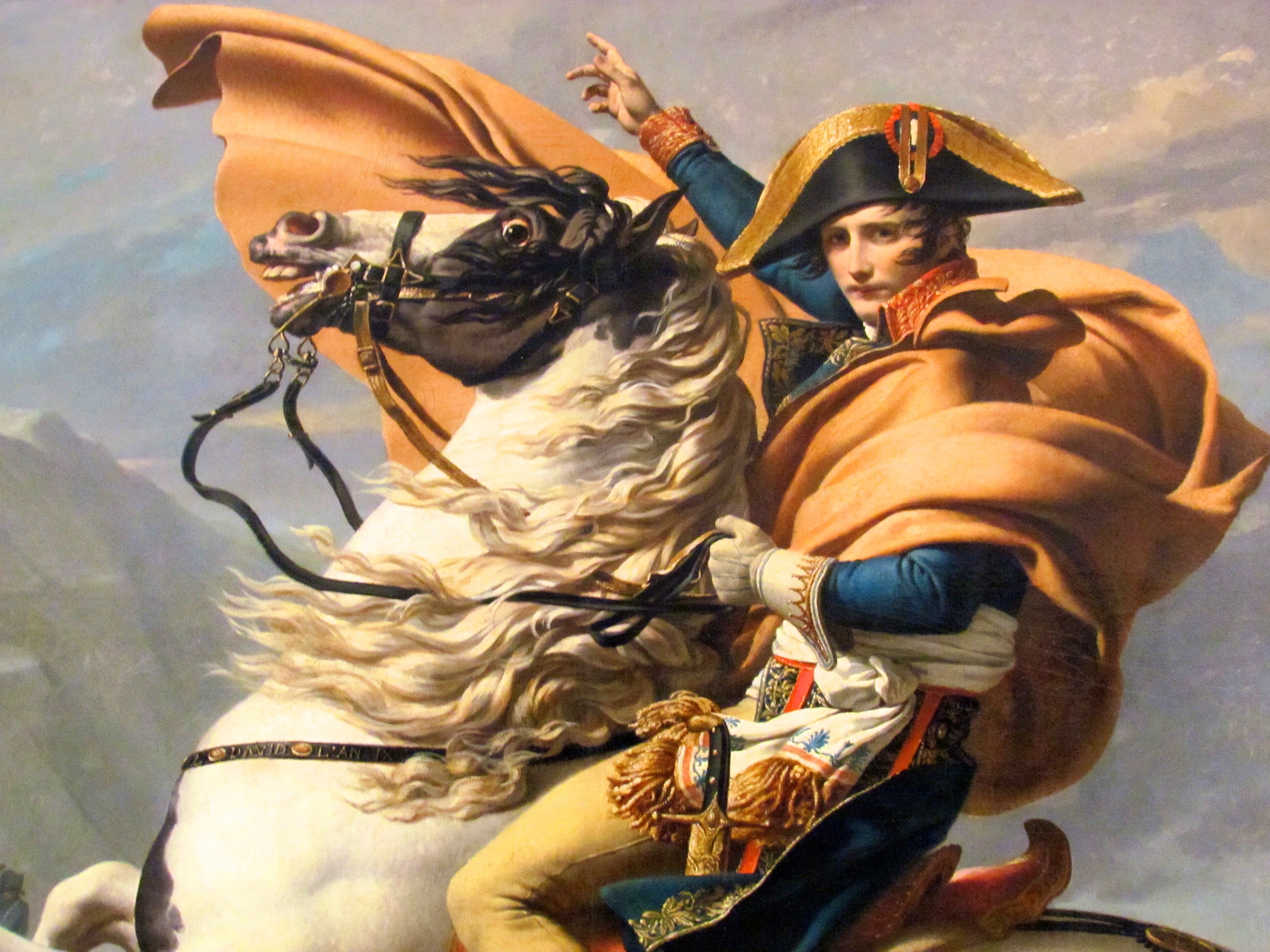Toussaint Louverture was the leader of the Haitian
Revolution in the 17-1800s. Inspired by
the French Revolution, he fought for abolition in what was then the French
colony of Saint Domingue. He later became
the ruler of Saint Domingue and fought for independence. Louverture was captured before Saint Domingue
gained independence, and he died in a French prison. He made some controversial decisions, but is
primarily remembered as an abolitionist, a ruler, and a military commander.
When the French Revolution began in 1789, ideas like liberty
and equality spread to France’s colonies.
The slaves of Saint Domingue began to revolt until the new French
government abolished slavery in all of its colonies. When France was taken over by Napoleon, he
sent troops to Saint Domingue to reinstate slavery, but Toussaint and his rebel
army fought Napoleon’s forces to keep their freedom. France’s government in 1795 became more
conservative than the rebellion’s government, and many feared that they would
try to reinstate slavery in the French colonies. Louverture told this new French Directory
that the former slaves of Saint Domingue would willingly fight and die to keep
their freedom now that they knew what freedom was like. Louverture signed the Saint Domingue
Constitution of 1801, which stated that while slavery was abolished, the
economy of Saint Domingue would remain plantation-based, and that workers would
now be paid and have better conditions.
In the Saint Domingue Constitution of 1801, Toussaint
Louverture was made the dictator of his colony for life. He also decided to keep the plantation-based
economic system, which led to revolts against Louverture’s new government. In order to maintain order, Louverture felt
that he had to reinstate policies very similar to those that existed before
slavery was abolished. There was no free
speech, people had to have security cards on them at all times, and any workers
who ran away from their plantation would be arrested. Anyone who harboured a runaway worker would
be imprisoned. Louverture was willing to
be unpopular in order to secure what he thought was right.
Part of Toussaint Louverture’s role as leader of Saint
Domingue was as a military commander. His
nephew, Hyacinthe Moyse, led a revolt in the Northern Department of Saint
Domingue. He believed that the
plantations should be parceled out in individual farms, and that plantation
workers were free in name only. A very
violent revolt broke out, and white people were massacred in the Northern
Department, which Moyse was the commanding general of. Louverture forced some of the rebels to shoot
themselves, and arrested Moyse and sentenced him to death by firing squad. Not all of his military ventures were quite
so cruel, however. He was a good
military strategist and was able to defeat Napoleon’s troops by burning the
port cities where the troops landed and fleeing to the mountains where the
rebels had always had the upper hand. He
also conquered the Spanish side of the island.
Althought Toussaint Louverture made some questionable moves
while ruling Saint Domingue, he was primarily an abolitionist and a liberator
of slaves. He was also a military
commander. He was a great military
strategist, and ruled Saint Domingue, protecting the liberty of its citizens.


